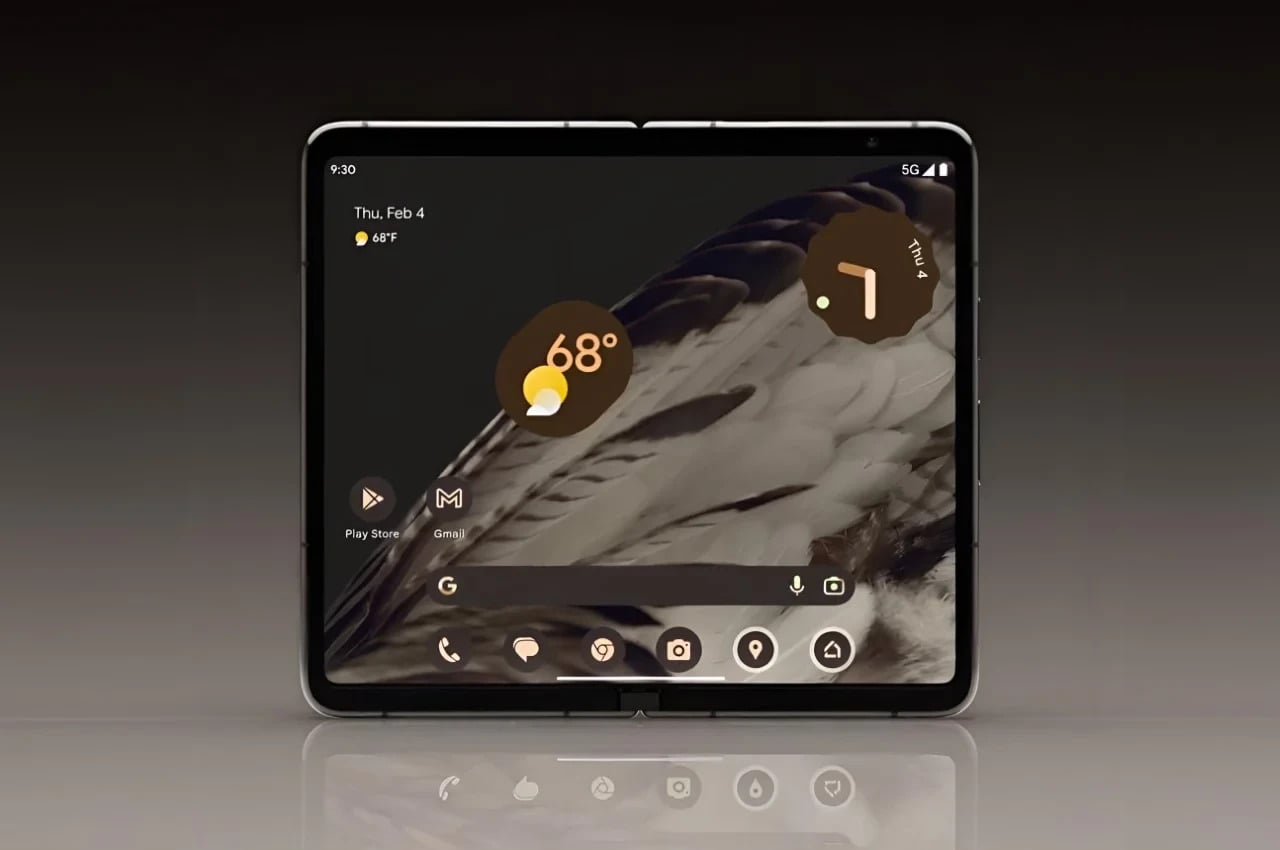
Google has just officially confirmed something that has long been leaked almost to death. With its entry into the foldable phone competition, Google has pretty much validated a device category that manufacturers have started taking seriously, but consumers are still wary of. The Pixel Fold isn’t exactly proof of a successful and thriving niche market, but it is at least an indication that the Android maker is taking it seriously. There are still many variables that could make or break Google’s first stab at a foldable phone, but here are some of the design decisions that the Pixel Fold needs to follow or avoid to survive in this exciting but risky endeavor.
Designer: Google
5 Ways the Pixel Fold will Fly
Ergonomic Design
Samsung might be the leading brand in foldables, but its design isn’t exactly the best in class, especially with the Galaxy Z Fold line that hasn’t changed its basic shape since it first debuted. Disregarding technical considerations like the hinge design and the foldable display panel itself, the biggest design complaint people have is that the device is difficult to use as a regular phone when folded shut.
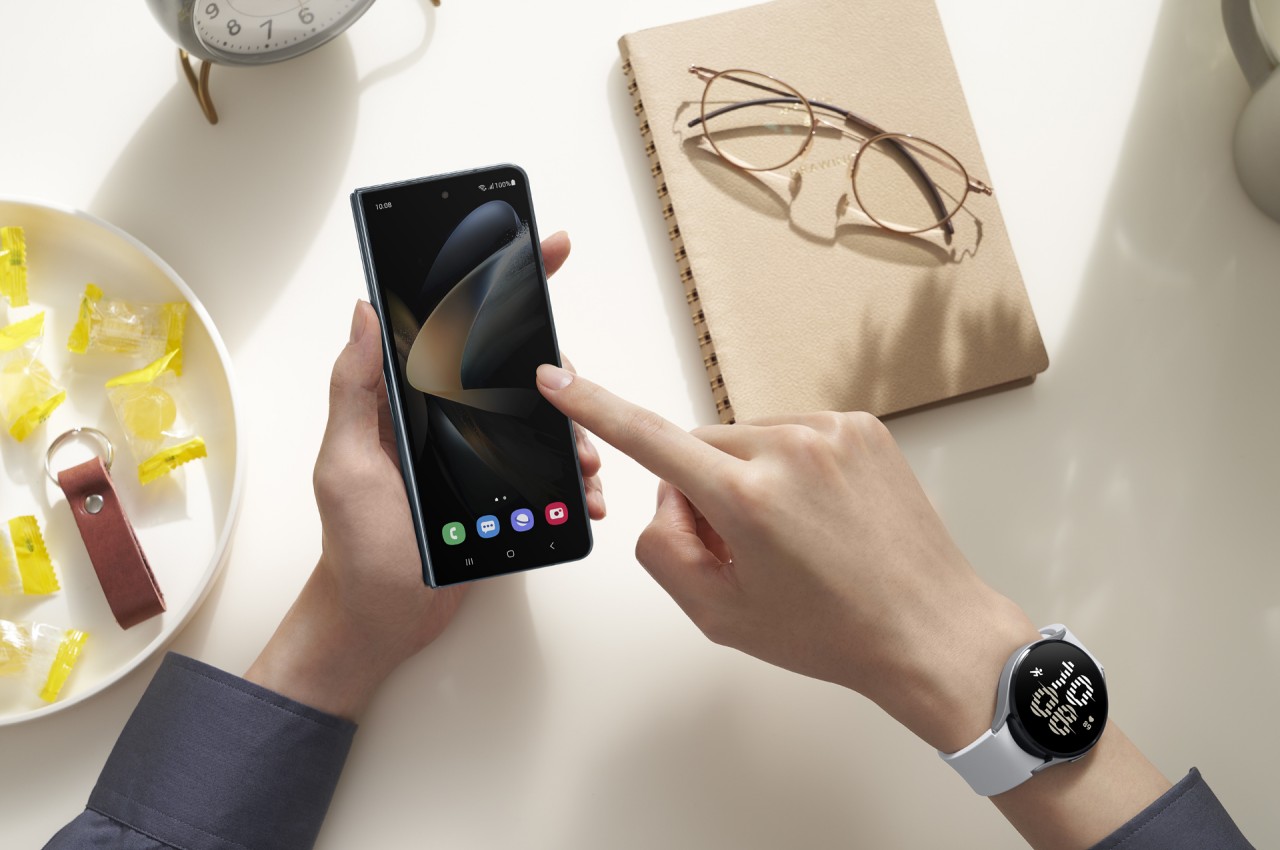
Samsung Galaxy Z Fold 4
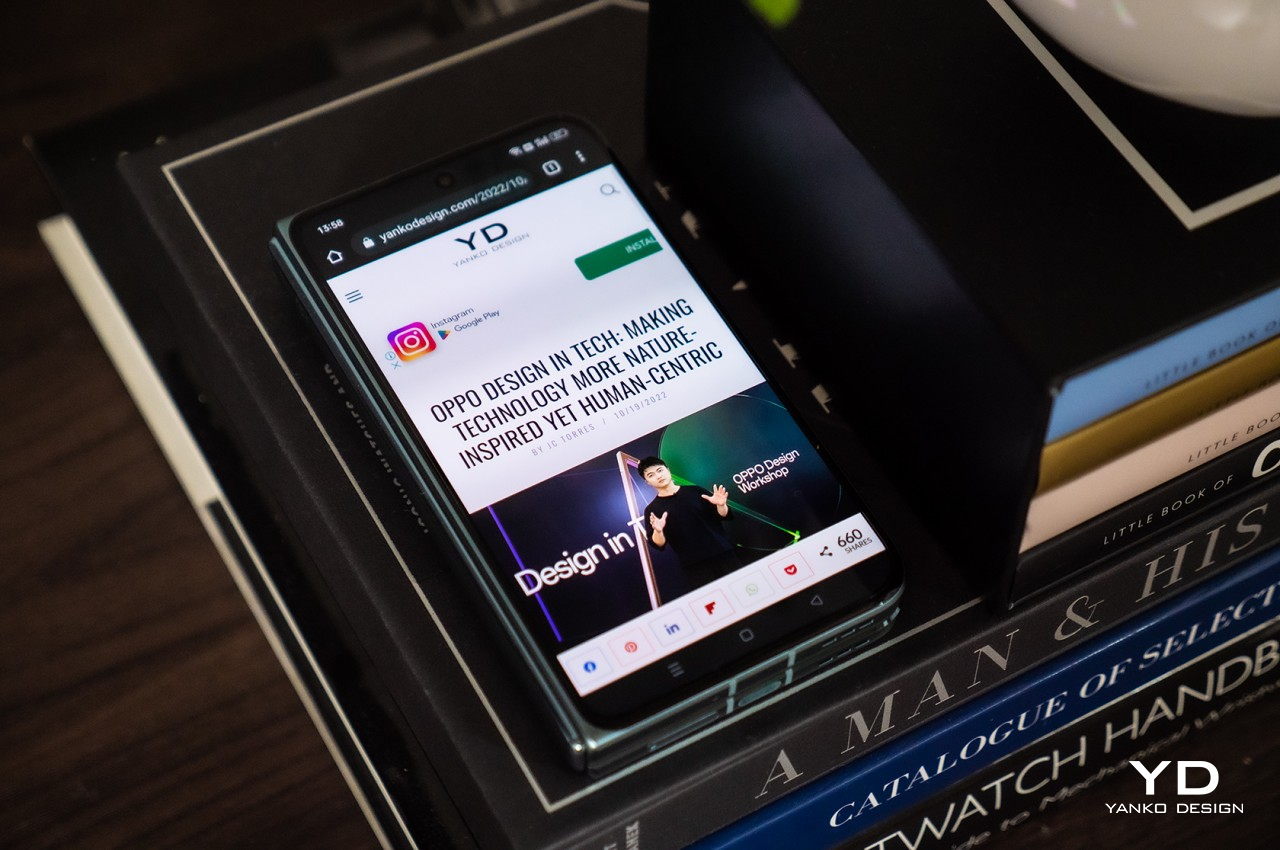
OPPO Find N2
The Pixel Fold will seemingly join the likes of the OPPO Find N2 with an external display aspect ratio that is closer to the norm compared to the tall and narrow Galaxy Z Fold 4. Although it does make the device a bit more squarish when unfolded, this design means that the Pixel Fold will be more usable as a regular phone when folded. That will also make the device more approachable to people that do still use their smartphones as phones rather than just miniature tablets.
Killer Looks
Foldable phones, by their very nature, are head-turners already, and some brands seem to leave things at that. While the foldable display is definitely novel, the rest of the phone sometimes ends up being lackluster. With few exceptions, foldable phone designs have simply followed that of their non-folding siblings, making them almost visually indistinguishable from regular phones when they’re folded shut.
The Pixel Fold is bringing something fresh, a trait that it inherited from the current Pixel phone design. While not exactly identical to the “visor” of the Pixel 7, it still carries that distinct horizontal camera bump that you won’t see on any other brand these days. It isn’t trying to mimic the look of a digital camera or any other device and stands proudly on its own with a quirky design that could appeal to a wide range of people, especially younger audiences.
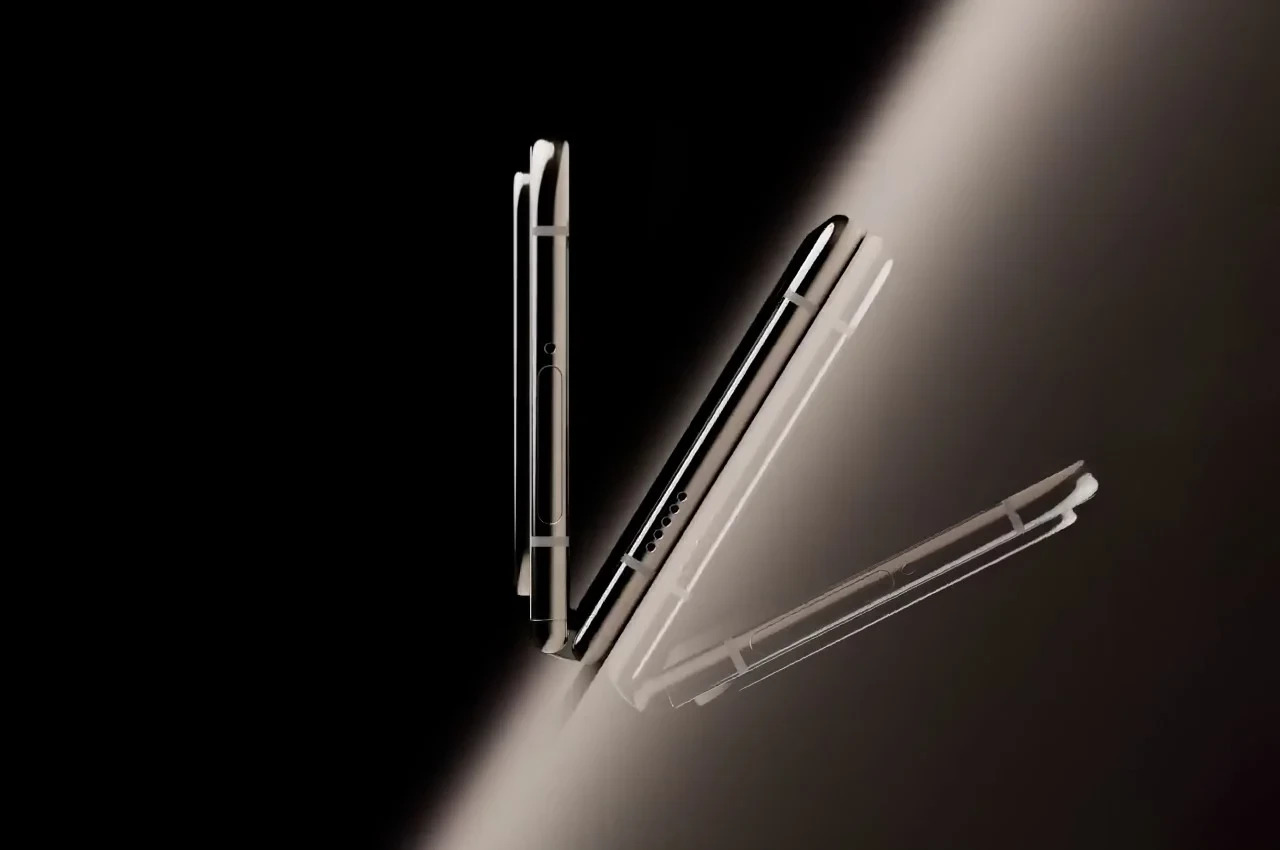
Water Protection
Foldable phones have the image of being fragile luxury items, mostly because of how the first generation of devices lived and died with the slightest accidents. A lot has changed over the years, but that stereotype remains, especially since few of these phones can even boast of the same durability as normal handsets. Where dust and water resistance is common among premium devices, it’s still a rarity among all foldables save those made by Samsung.
Of the many foldables in the market, only Samsung is able to boast of an IPX8 rating. It might be thanks to its hinge, which, unfortunately, still causes a more visible crease. Google could easily one-up the competition with this much-sought-after assurance. It had more time to cook in the oven, so it has little excuse not to get this basic feature down right from the start.
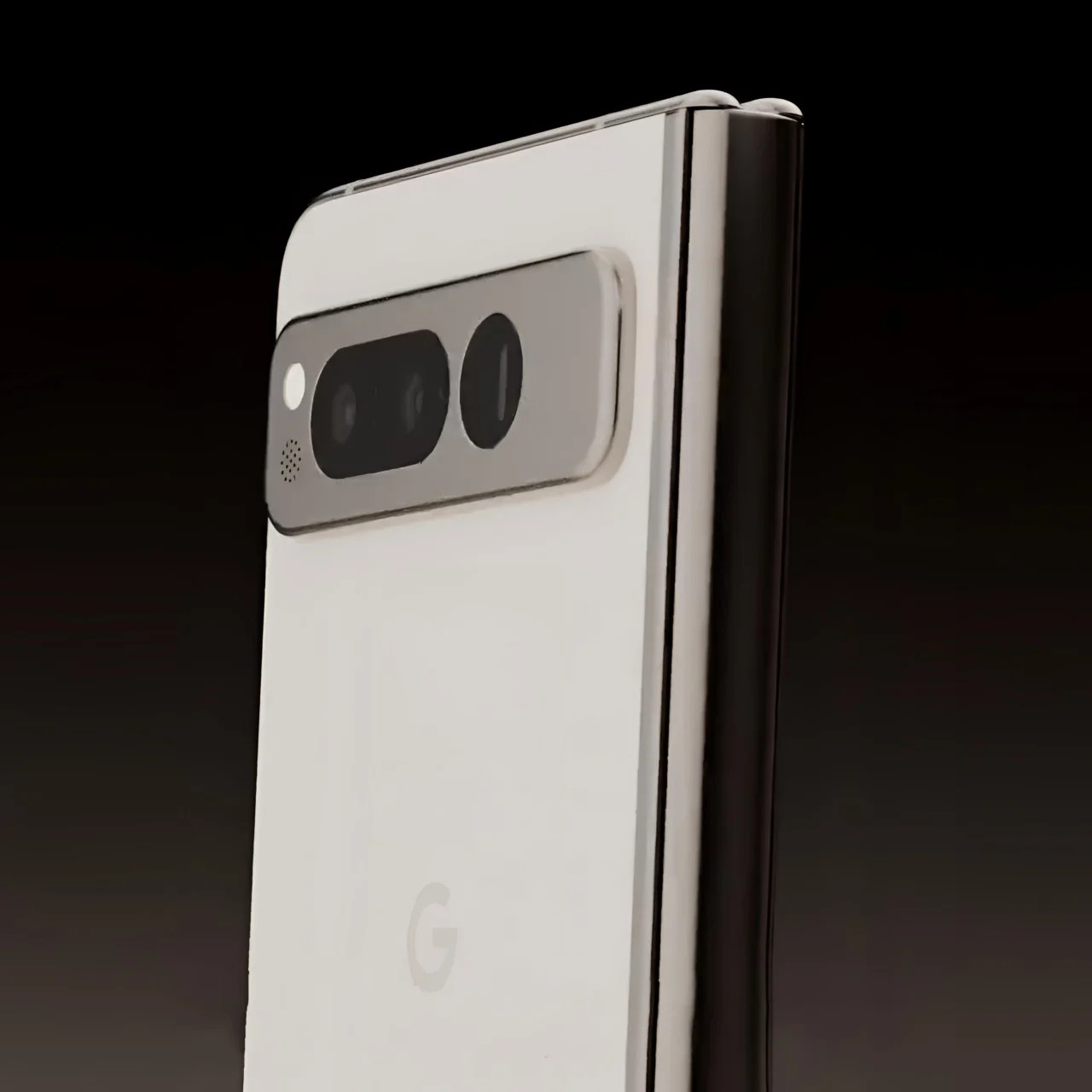
Pixel Perfect Photography
Although not exactly dismal, foldable phones aren’t exactly up there when it comes to photography performance. There is just so much you can cram in such a thin device, and most of the build costs will go toward the R&D and implementation of the hinge and display technologies. That makes foldables less ideal for one of the most important uses for phones these days: taking photos and videos.
This is where Google’s special sauce comes in. Ever since the first Pixel phone, Google has been doing magic with its computational photography, producing astounding results even with what some would consider sub-par imaging sensors. That said, the first teaser for the Pixel Fold hints at a competent array of cameras, including what could be a periscope telephoto shooter. With both hardware and software, Google could possibly pull off a foldable phone that shutterbugs would absolutely love.
Premiere Android Experience
Google isn’t the oldest or biggest phone manufacturer in the market, but the reason that its Pixel phones sell well is because of the software experience it offers. Android is long past its teenage years, but some of its flaws linger around. Although they do offer some added value, custom vendor skins and experiences come with a lot of bloat that creates problems across the board.
It does have its own set of proprietary and exclusive bits, but the Pixel experience is the closest you’ll get to an unadulterated Android experience as envisioned by Google. For the Pixel Fold, we’ll finally see Google’s interpretation of what a foldable phone is supposed to be and do in a way that’s not burdened by bloatware or hampered by late or sporadic updates.
5 Ways the Pixel Fold will Fold
Growing Pains
Although Google has nearly perfected its Android phone experience, it hasn’t seriously dabbled outside that category. Sure, it knows about tablets, but its attitude to these large slates has been anything but supportive. The Pixel tablet may be a sign of the changing times, but that only means that Google is only now acknowledging a device it has long tried to ignore.
A foldable is a cross between a phone and a tablet, and it would be completely uncharted territory for Google. Sure, it actually worked with Samsung on some of the features that would be hidden in Android for years, but it’s one thing to work on things behind closed doors and quite another thing to have a finished commercial product. Hopefully the Pixel Fold won’t feel half-baked like Google’s first attempts to support tablets back in Honeycomb and Nexus days.
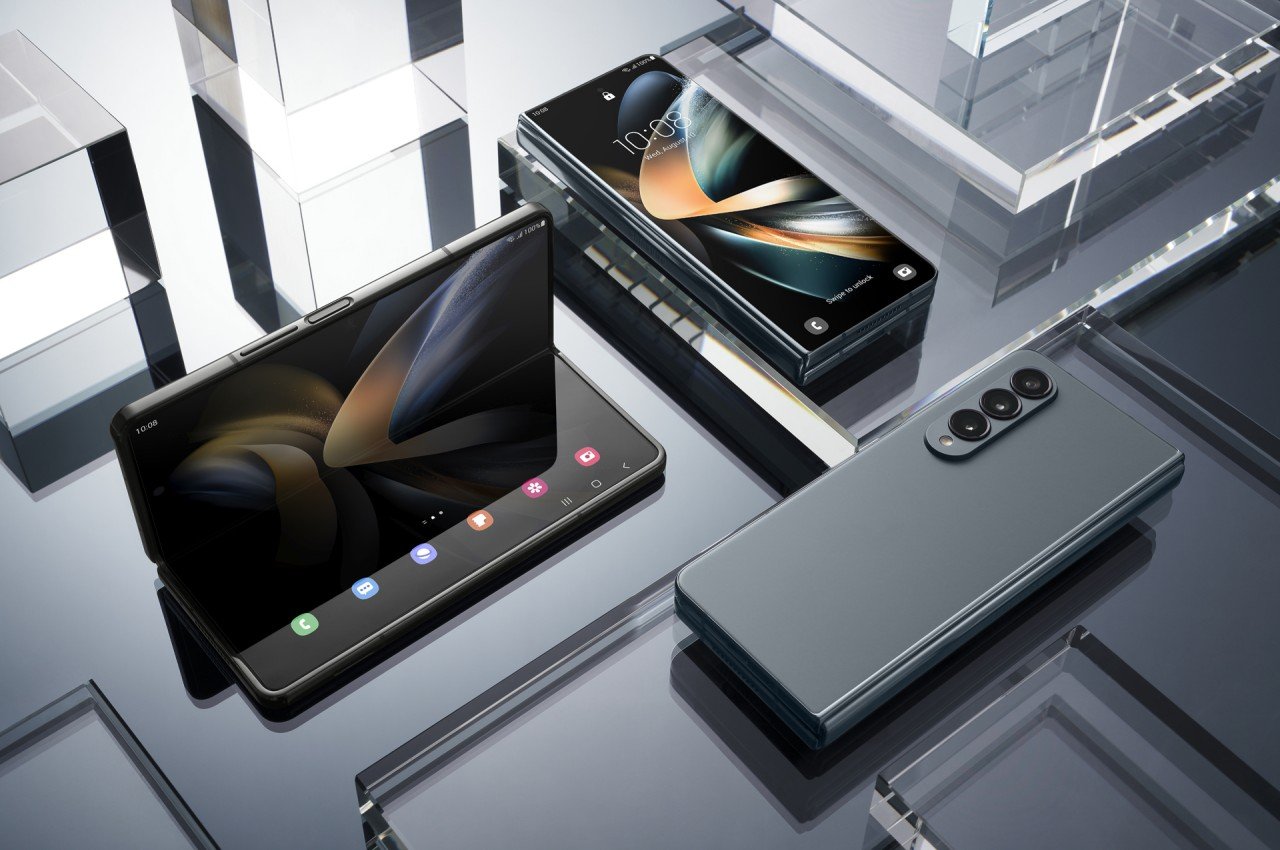
Samsung Galaxy Z Fold 4
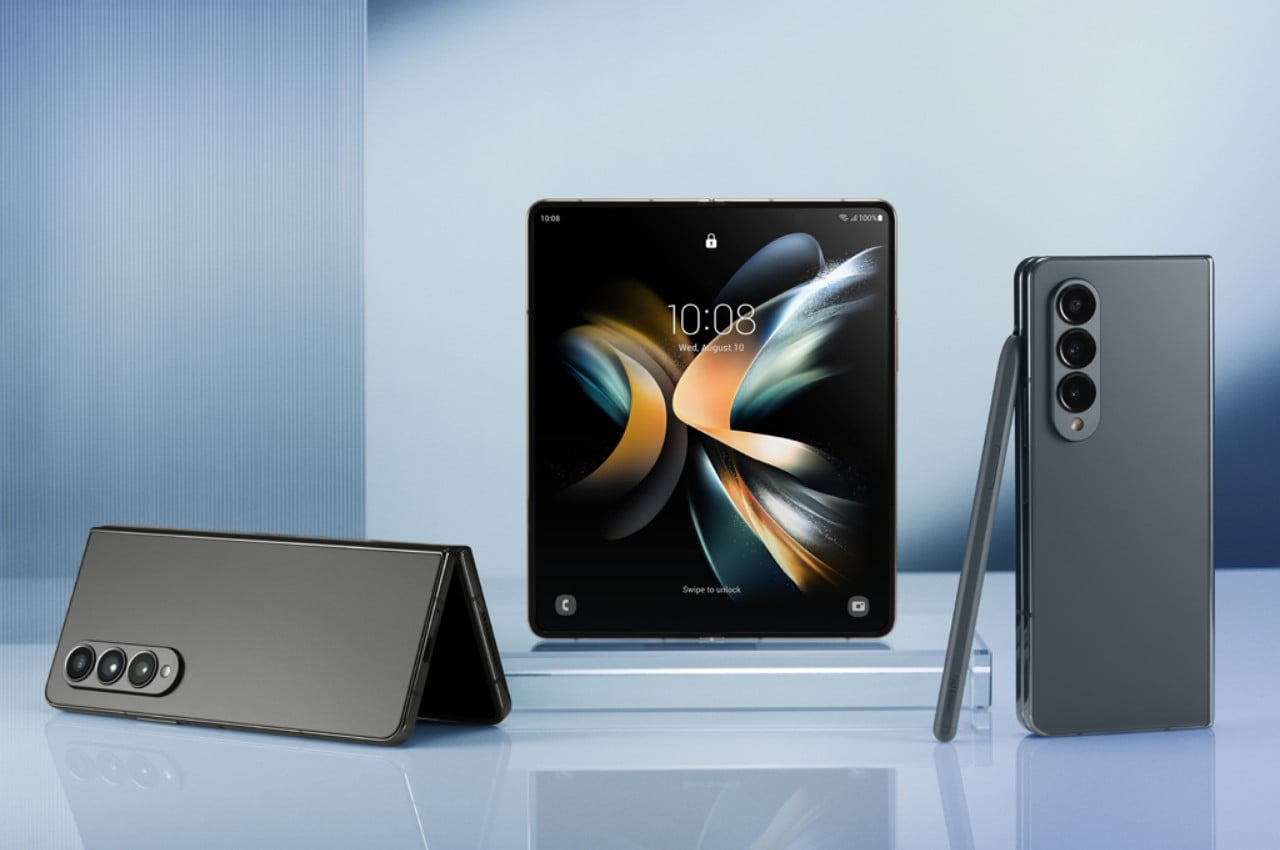
Fledgling Ecosystem
Unlike a smartphone or tablet, a foldable phone would need some special attention from developers to get right. Although it’s definitely possible for apps to work as is without modification, the experience wouldn’t be comfortable and may sometimes even break, depending on how well they conform to Android app guidelines.
Even years after major brands like Samsung have been launching foldable phones, only a few apps have taken advantage of this unique form factor. Then again, some apps still don’t support tablets at this point in time. Google will definitely need to do some nudging to get developers to take note, especially those with popular names on phones or tablets.
Limited Edition
Despite their popularity, Pixel phones are not that easy to come by, especially if you live outside the US and EU. The global coverage of Google’s products is still relatively small compared to the network of the likes of Samsung or even OPPO. The Pixel Fold might have an even shorter reach, limited to a few markets that Google would consider “major.”
It’s almost like a self-fulfilling prophecy because sales of such a limited device will definitely be small. Furthermore, it won’t have a chance to be tested by a lot more people, people who could provide important feedback on how to improve the product. It might not be a surprise, then, if Google announces later on that the Pixel Fold is a commercial failure and axes it after just a single generation.
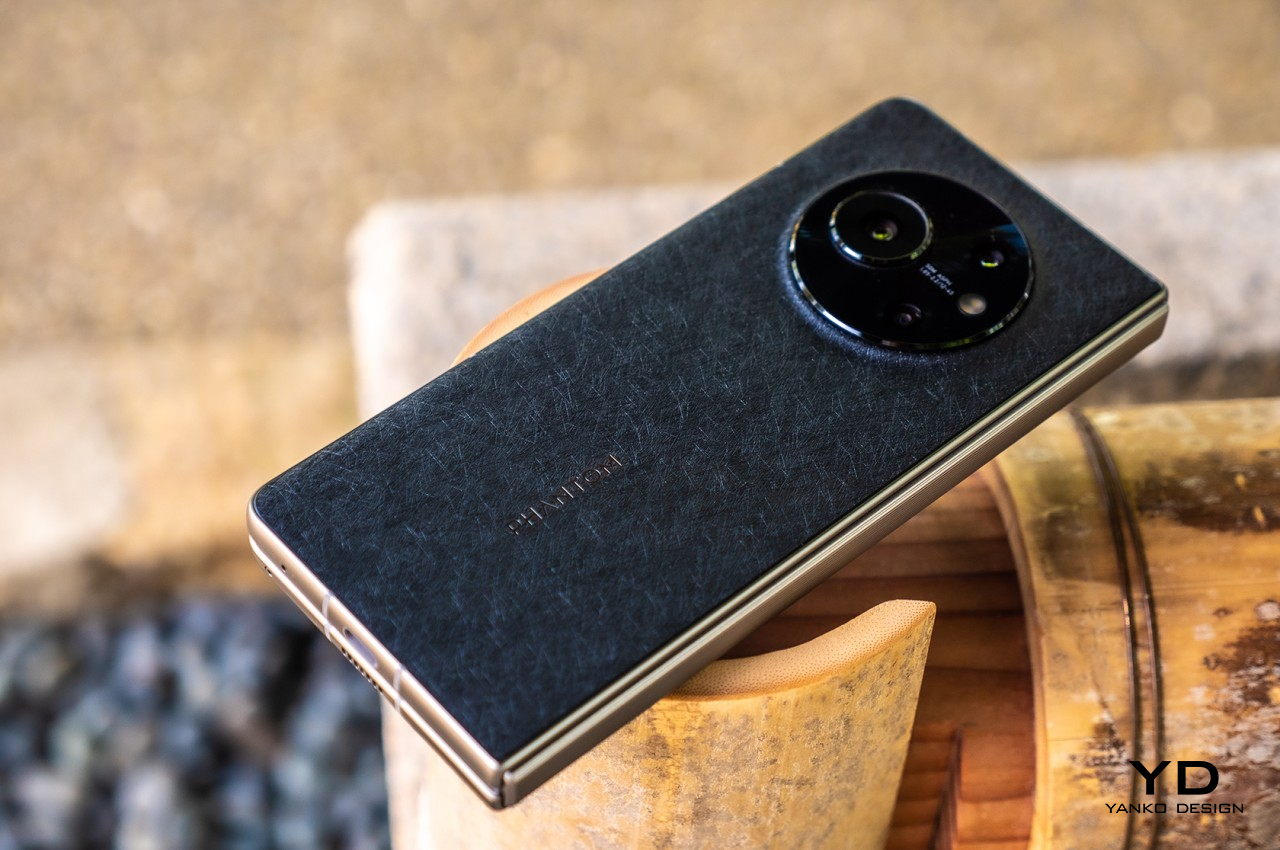
TECNO PHANTOM V Fold
Purposeful Existence
Despite their growing numbers, many people still aren’t convinced there’s ever a need for foldable phones. Most of that is probably due to how expensive and fragile these devices are. More screen space and more productivity have been the common tag lines for foldables, but those might not be the only ways to sell the design.
Google definitely needs to work on how it sends its message across effectively, and it might actually have a bit of trouble pulling that off on its first try. It took almost six generations for Google to make a hit Pixel phone design and a marketing strategy that revolved around creating a personal connection with one’s smartphone. It could try that same strategy with the Pixel Fold, but a clamshell-type foldable might be a better fit for a lifestyle device like the Pixel 6 and Pixel 7.
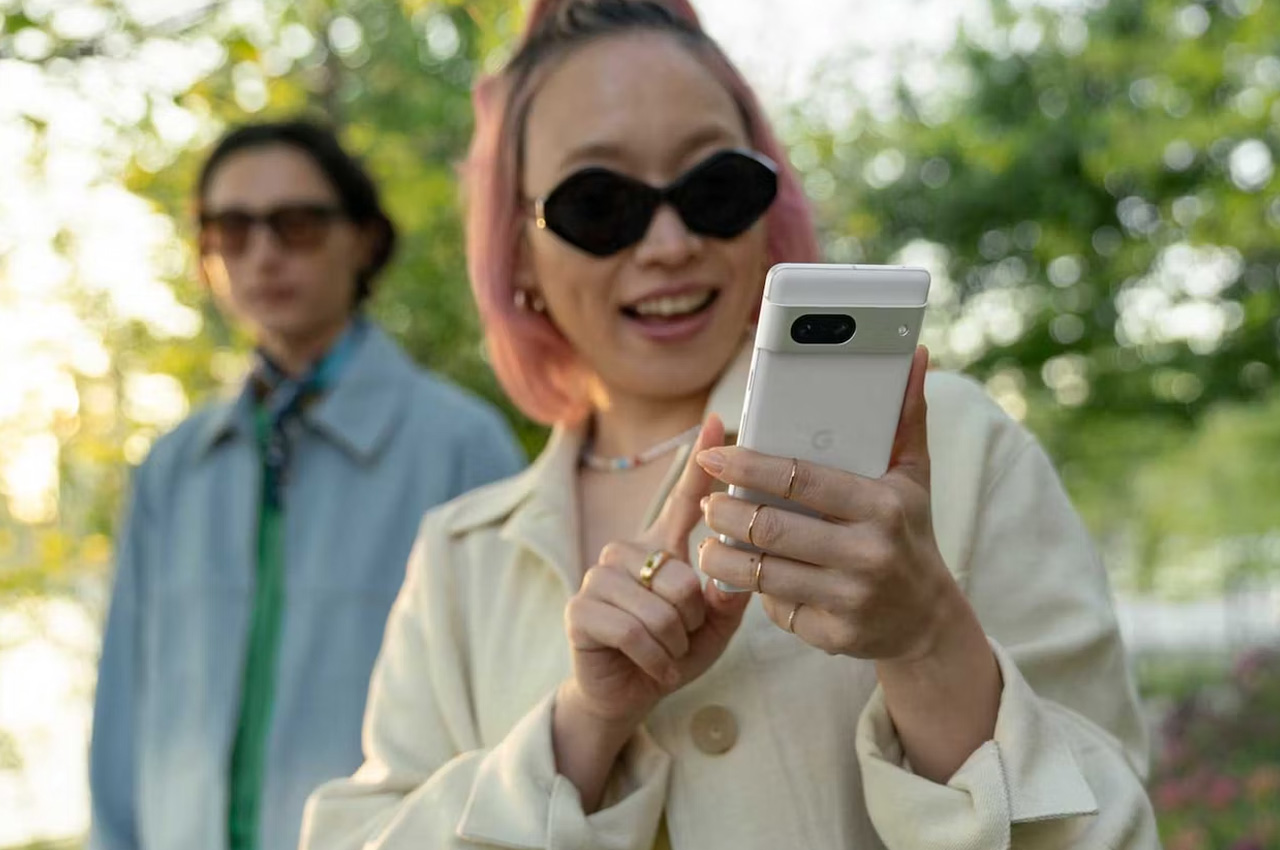
Google Pixel 7
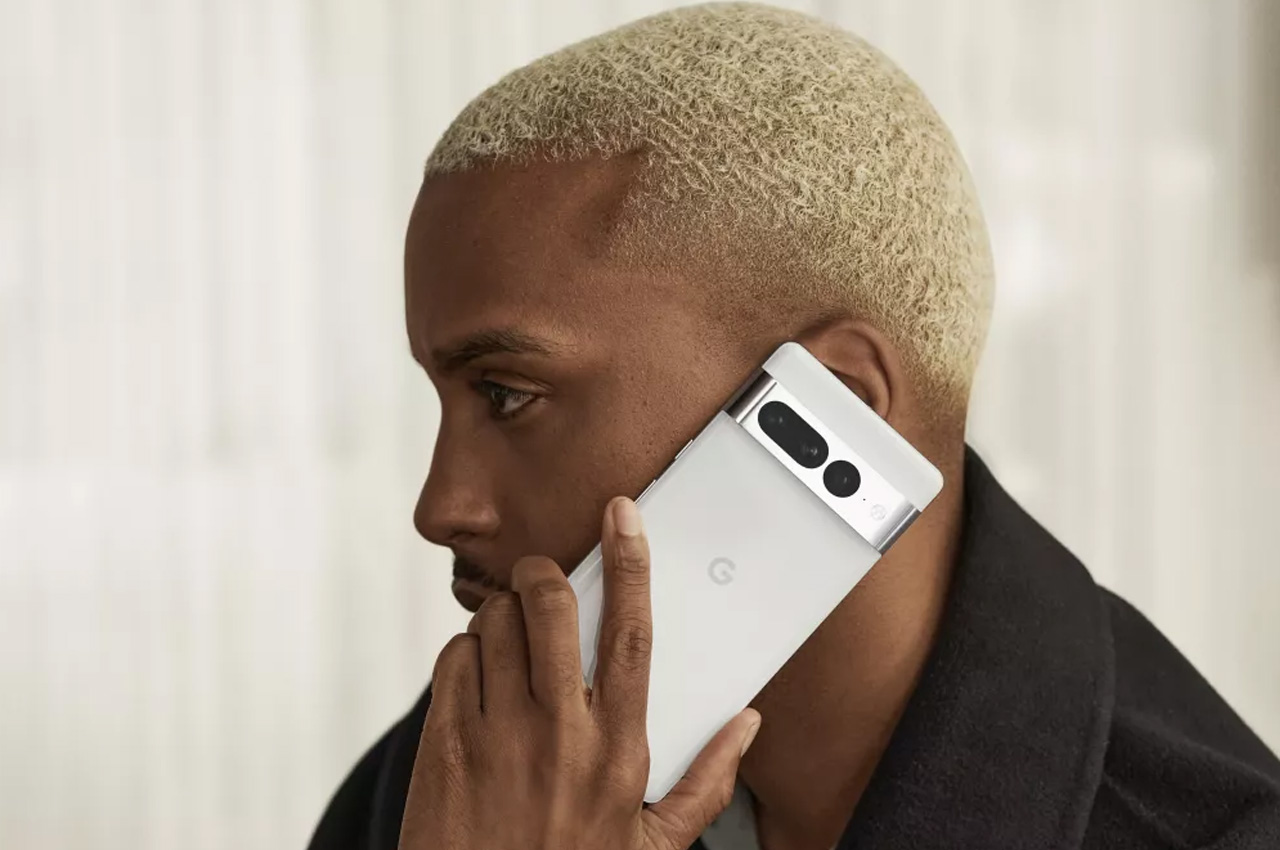
Google Graveyard
At the end of the day, however, the biggest hindrance to the market embracing the Pixel Fold wholeheartedly is, ironically, Google itself. While the tech giant is famous for its ideas and products, it is equally notorious for killing them off suddenly as well. Google’s past attitude towards Android devices outside of smartphones might not spark much confidence, so it isn’t going to be a surprise if people approach it with some hesitation.
The age of smartphones being one-off novelties is long over. People buy these essential devices with some expectations not only about their longevity but also about their future options. If there is no or little assurance that Google will carry the Pixel Fold forward to future iterations, they might be less willing to invest in an expensive product that might not live beyond the first generation.
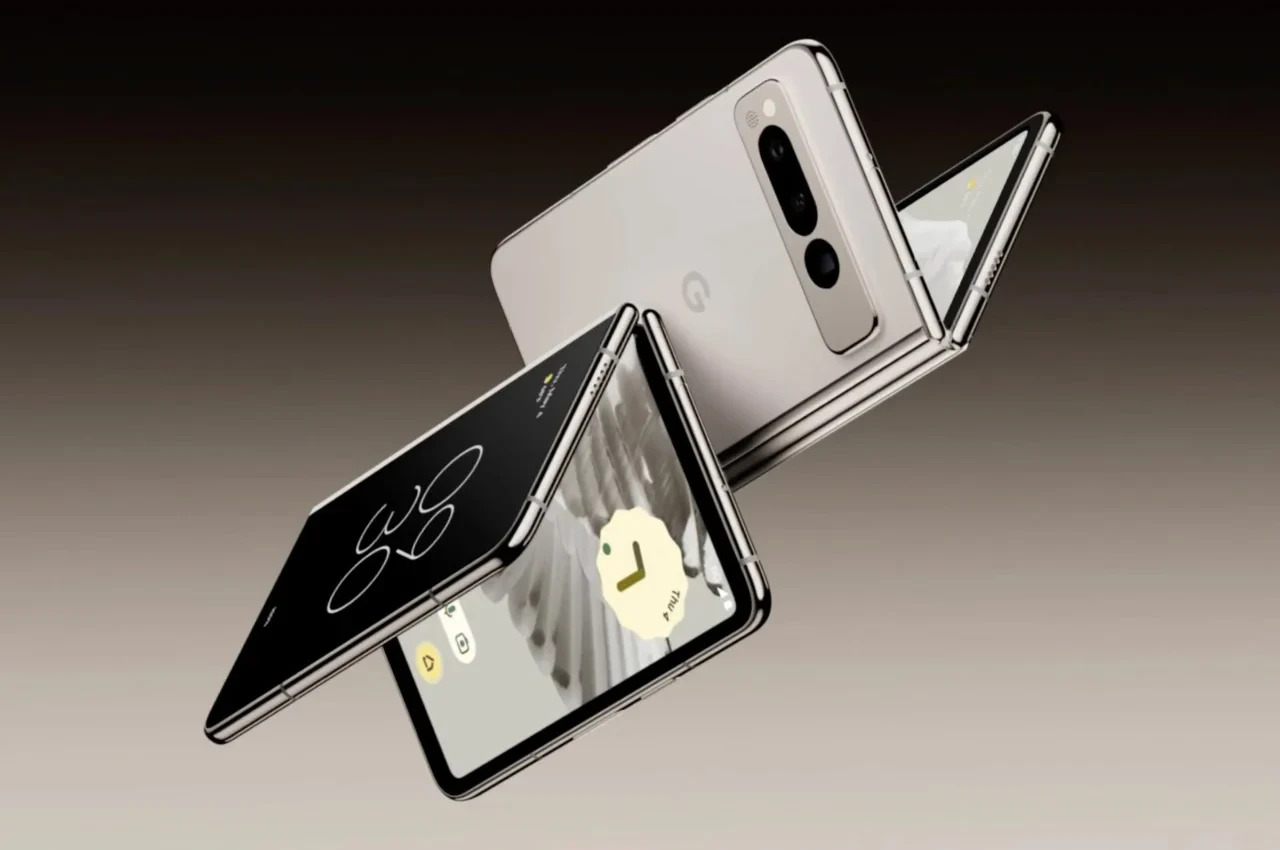
The post 5 ways the Google Pixel Fold could succeed and 5 ways it could fail first appeared on Yanko Design.
![]()
![]()
![]()
![]()
![]()
![]()
![]()
![]()
![]()
![]()
![]()